Introduction The body relies on the gut system to help regulate its homeostasis and metabolize the nutrients for the immune system. The beneficial gut bacteria help maintain the…


Introduction The body relies on the gut system to help regulate its homeostasis and metabolize the nutrients for the immune system. The beneficial gut bacteria help maintain the…
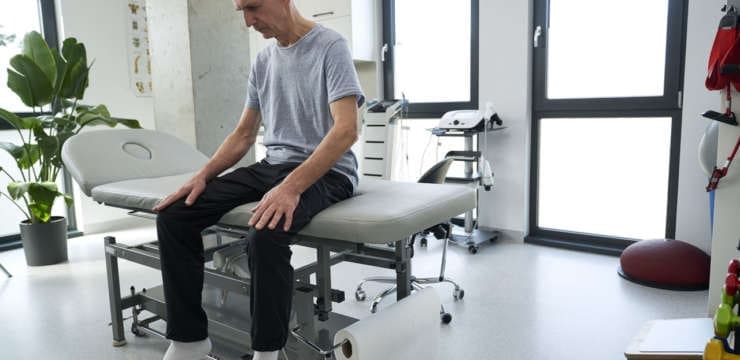
A viscerosomatic response or VSR is when the internal organs are going through some distress, illness, or injury, causing pain symptoms. An example is the…
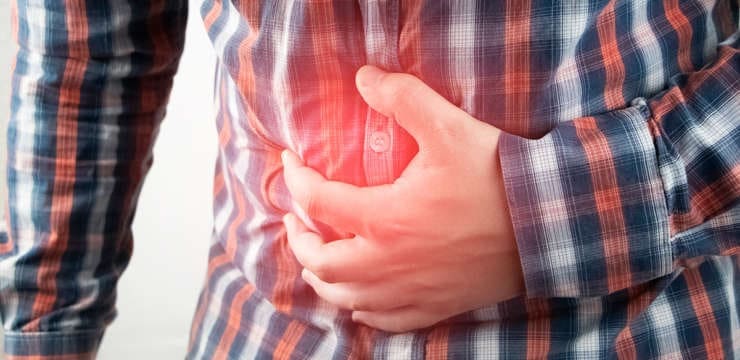
Introduction The gastrointestinal or gut system helps modulate the body’s homeostasis and metabolize the immune system. With its connection to the brain, the gut can help transport the…
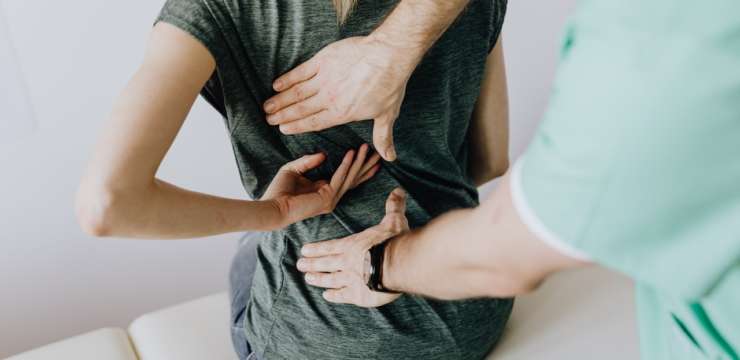
Introduction The spine has three areas: cervical, thoracic, and lumbar in the back, encased with muscles, tissues, ligaments, and joints that help protect the spinal…

Introduction In the body’s upper half, the cardiovascular system’s heart helps pump nutrient-riched oxygenated blood all around the body to the corresponding muscles, tissues, and…

Introduction The body is held up by skeletal joints that keep the body upright and provide everyday movements for the body to go anywhere at any time.…

Back pain for no reason that is non-specific is also known as idiopathic, meaning there is no definitive cause like a herniated disc, vehicle accident/crash,…
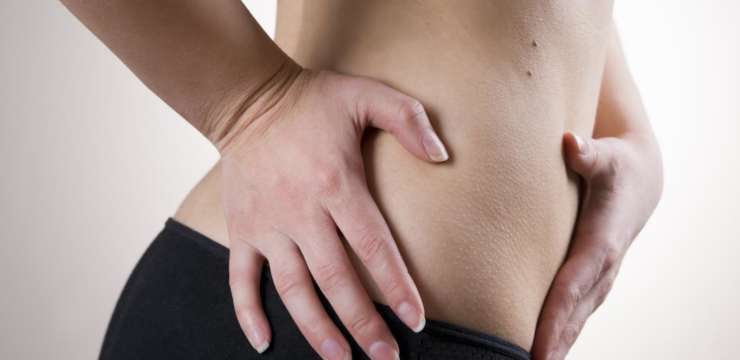
Introduction The body works by ensuring that the brain in the central nervous system and the gut in the gut system are metabolizing homeostasis and regulating the immune system for optimal…
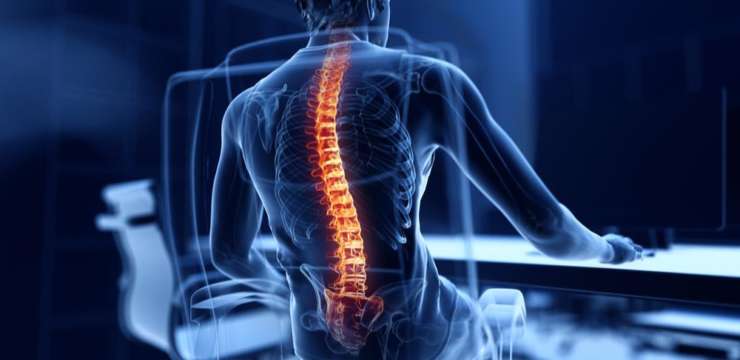
Introduction The body has many nerve roots that are intertwined and coming out from the spinal cord, which is part of the nervous system. One of the…